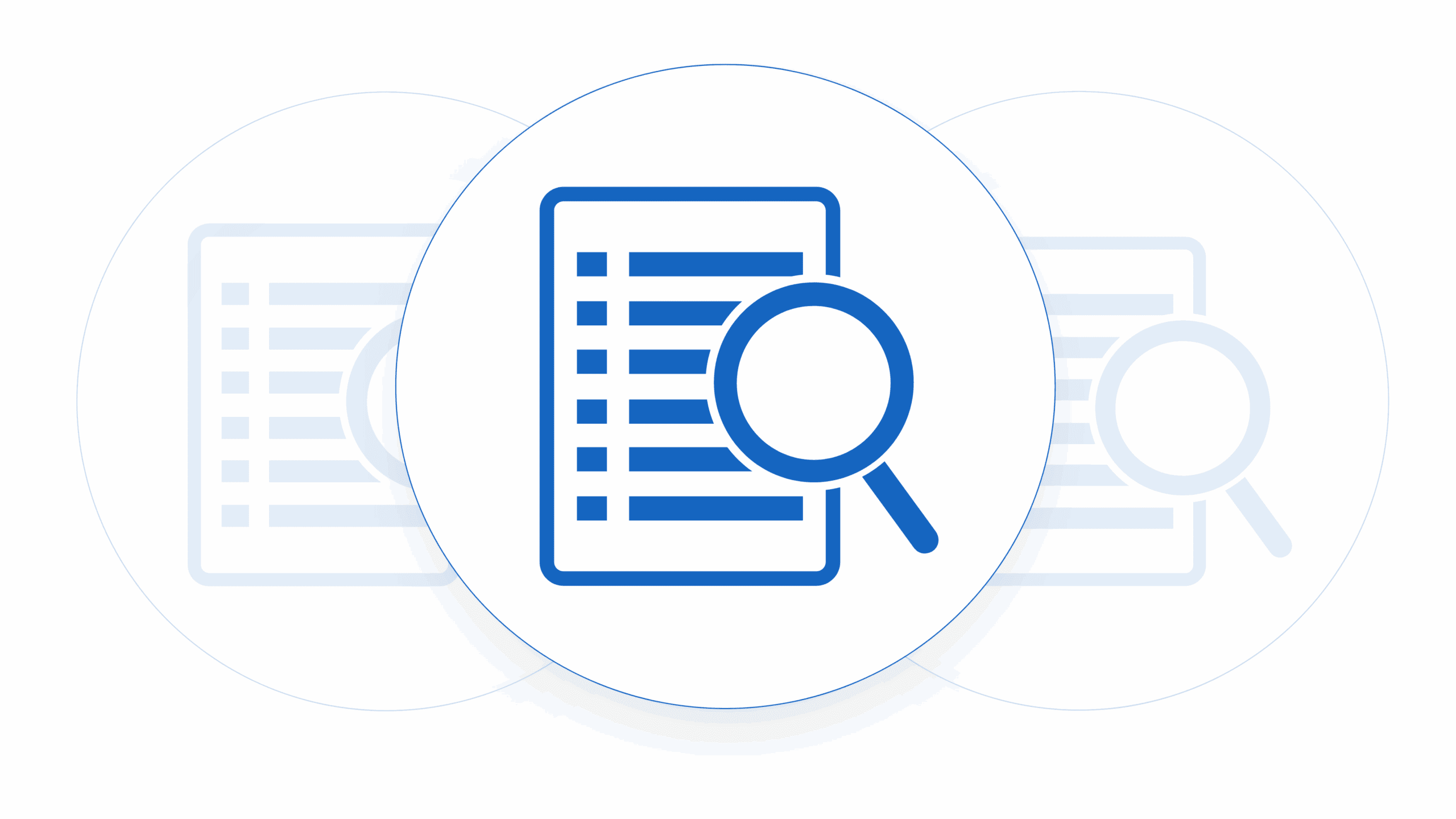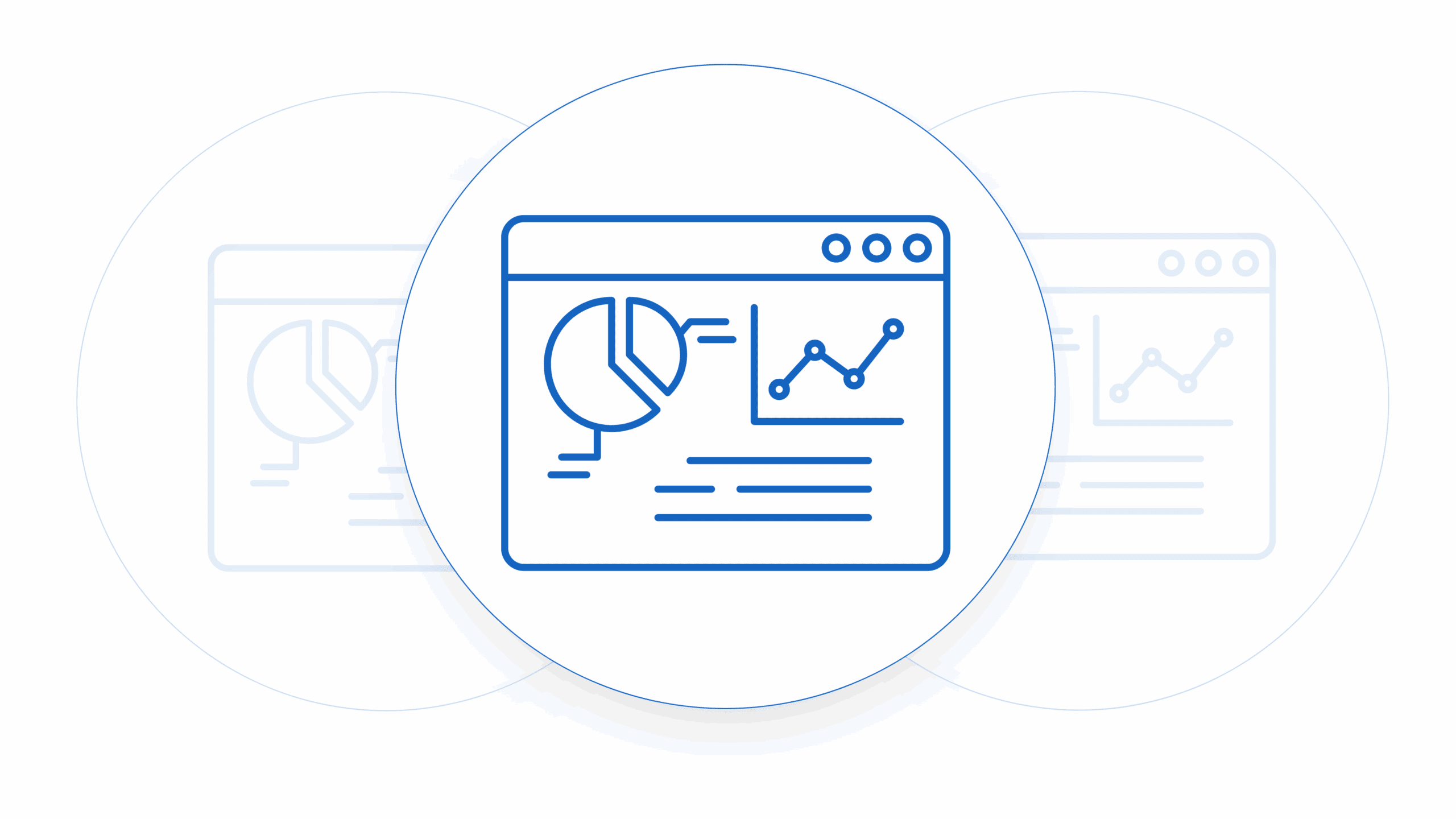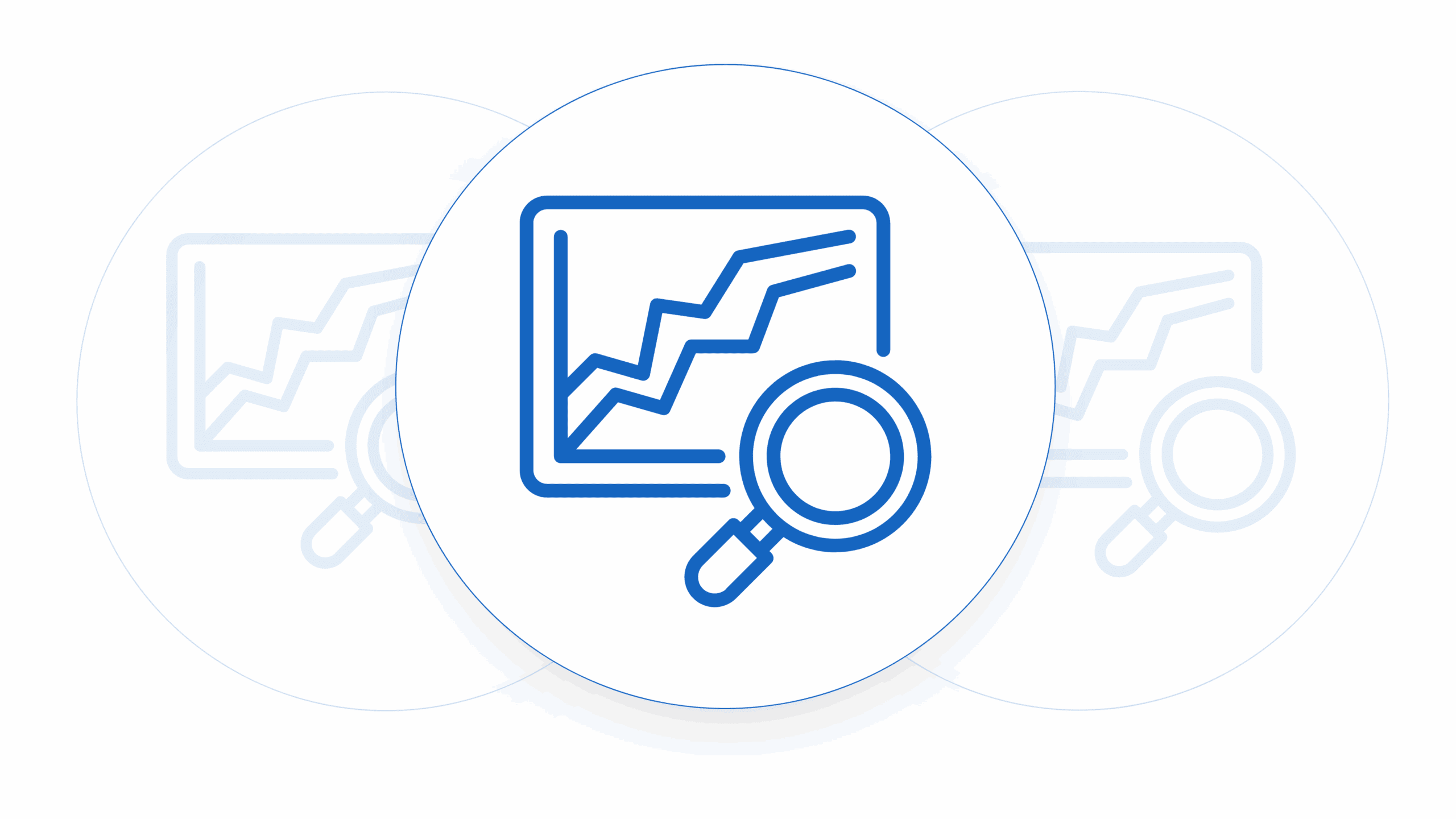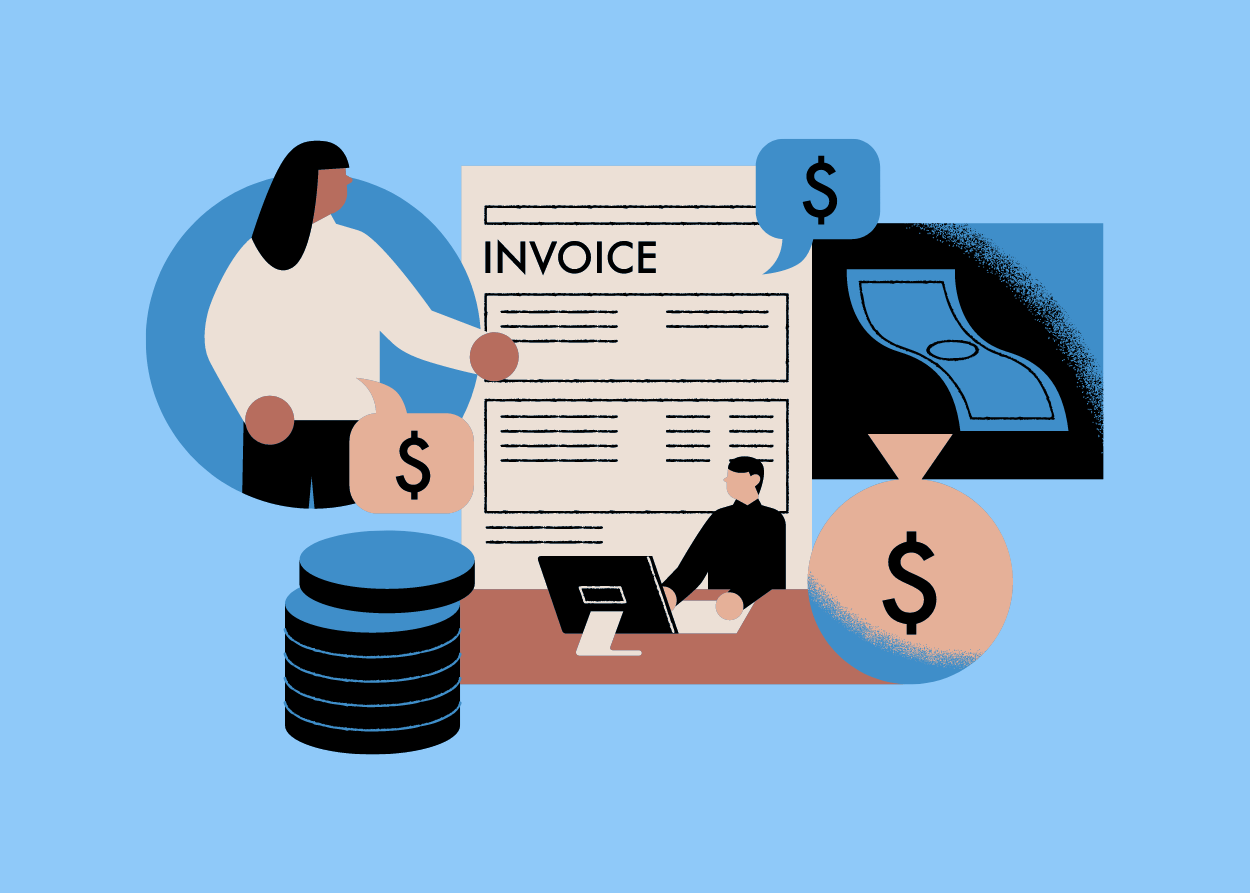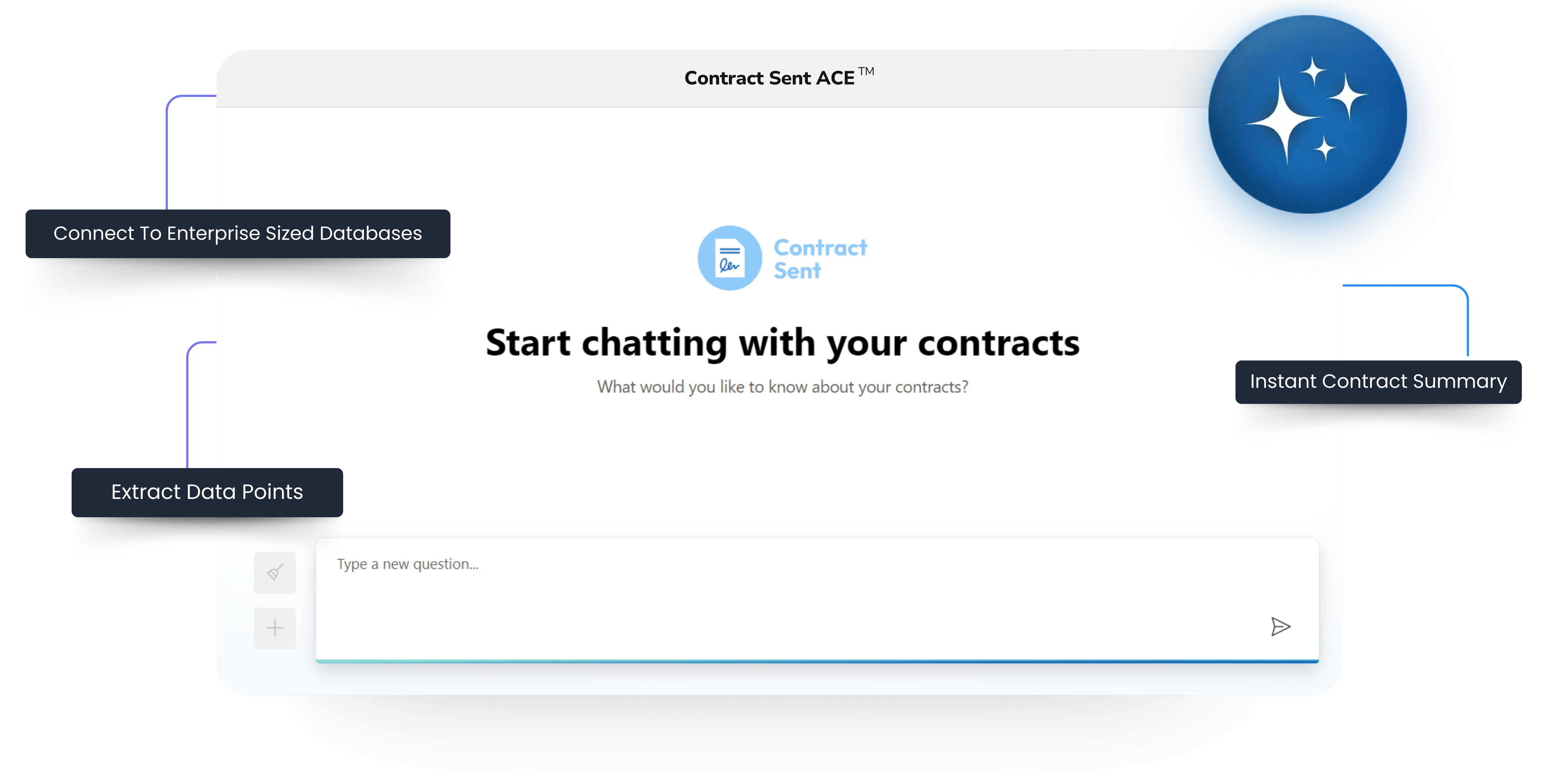Introduction
Growing a SaaS business is a tough thing to do. Once you get a product that has some traction in the market and understand how to double down on that traction you soon realize that things start breaking. This is especially true with operational tasks that once depended on human capital such as invoicing for a SaaS business. Invoicing is one of those things that creeps up on you as an operational issue. At twenty customers it’s a complete non-issue, at a hundred it’s part of someones job, at two hundred you start getting annoyed at things not being standard and at five hundred the wheels wobble and fall off.
1. Creating a base for future grow
With any task that you’ll have to automate further down the road you need to think about requirements for this automation. A lot of this automation relies on standardized information for inputs. If everything in your process to scale invoicing for a SaaS business is custom you will never be able to standardize things. Seems simple? It is not.
Creating standardization is the enemy of an early stage startup. It will kill you off like the graveyard of startups that has come before you. Why? Because at the start of your journey you’re iterating on a product to find market fit – how can you create standard SKU’s and product documentation when what you’re selling and how much you’re selling it for changes weekly? Your team should be in full experimentation mode to understand what will work and what won’t. You’re also, more often than not, building out into a new market where early adopters will be expecting large concessions from you to adopt your early stage product.
More often than not you’ll have a very early stage product that is a bit buggy and has issues. In return for taking a risk on your product a lot of your early adopters will look to negotiate favourable billing terms, discounts or custom builds. This is completely normal. There has been many startups die because they are unwilling to make these concessions early on. The role of these early wins are not to sell a standard product offering from the start but to get enough money in the door to continue with your experimentation towards a product that can be standard in the future.
Early stage structures for scaling invoicing for a SaaS business
This said there are a lot of things that you can do to start building out structure for your future startup scale. The first is recognizing that what you’re doing is not scalable and keeping track of this for the future. What does this mean? It means documentation around what needs to be fixed in the future.
One common way to do this is to build out a deal desk. A deal desk collects data of the deals that you have going in and out of your sales pipeline. Within this you can capture deals that have different billing terms, higher than usual liability clauses, don’t use your standard terms and conditions or are just generally not standard. This will help you report on the future when it comes to renewals of who needs have their contract renegotiated at renewal and who doesn’t. An early stage startup will always have non-standard deals if they are selling B2B.
I have 100 customers what do I do now?
If you’re billing annually in advance one hundred customers is often the point that you start to feel some pain around billing issues and revenue recognition for SAAS companies. If you’re not billing annually in advance you should read up on why this is a mistake below.
Processes for scaling invoicing for a SaaS business
There are a number of processes that you can create within your business to aid with the growing pains. Most of them are designed to structure data in a way that it becomes more like a standard database and it can start being fit into tools that will automate the sending and follow up of invoices and payment. The standardization process should start at the one hundred customer period and these five steps will get you to a good position to be ready for the next stage of scale.
-
Standard product offerings
-
Standard billing terms (as far as possible)
-
A structure for discount approvals
-
A CRM with reliable closed won data points
-
A deal desk built out
-
Annual, upfront billing
-
Processes for accounts receivable review
-
Training for sales and renewal teams
Let’s look at each of these in more detail.
1. Standard Product Offerings
As you grow and become more sophisticated in your product offerings there will come a time that you start knowing what is working. You’ll move out of the experimental phase and nail down what is your core product offerings. At this point one of the key things to get done is to consolidate these into line items which your sales team will use to build out quotes/cost estimates and contracts.
The importance of this lays in the fact that early stage startups can sometimes let their sales team get a but free with what they offer to customers. They don’t build out cost estimates with product descriptions that are standard, they can offer customers custom work or support to get them up and running. These things are not scalable.
At the point that you are starting to have one hundred customers you should be creating standard SKU’s for your product offerings that can then be reported on, both in your CRM and in your accounting records. This will also help you in understanding which product lines are working and building more and more ARR.
2. Standard billing terms (as far as possible)
Billing terms are something that will have a finance operations team pulling their hair out later down the road as you start to scale. They are a particular issue with creating scale invoicing for a SaaS business that sells to enterprise companies. Enterprise companies love to push their billing terms as far out as possible and will cry poor even when dealing with a startup.
The reason why billing terms can become a pain point later in the scaling journey is that you’ll be looking to automate the invoice creating and follow up on accounts receivable later in your journey. Often the automation systems that you’ll be looking to use further in your journey will not be built do custom billing terms and this means that your cash collection processes will remain manual which will be a big cost to the business.
3. A structure for discount approvals
Creating and communicating a structure for discount approvals is not too hard. Standardizing and operationalizing it can be. The issue here is that a lot of discount approvals in early stage startups rely on sales people DM’ing the CEO or Head of Sales to ask for discount approval. Unless you want to be continually bombarded by messages this is not scalable.
Creating a structure for discount approvals is dependant on two things. First is setting levels of approval. Once you start building out levels of middle management in your company these are the people that should be taking on responsibility for ‘X’ percent of discount approval. There should be clearly defined rules of what this is and when it needs to be escalated to a more senior member of the team. Second is creating structures in your CRM or sales tools so that this isn’t a DM. It should live in the tool that you’re using for sales to create clear customer records.
4. A CRM with reliable closed won data points
One of the things that will start grinding your growth to a slow crawl is not putting time into building a CRM that has reliable information for closed deals. To scale invoicing for a SAAS business you need to have reliable sales information that will match between your closed won deals and your financial data.
This requires some forward planning and ensuring that your CRM has been structure to not only require specific fields as deals move down the sales cycle but to ensure those fields are in a structure that can be reported on/won’t have useless data in. Think about your fields closing and the data types that you use for them, here are a few examples:
-
Tick box – when many answers could be right – such as product interested in
-
Single select dropdown – when categories of answers are mutually exclusive – such as payment terms
-
Single string field – when you’re seeking qualitative feedback – such as custom billing portal details
-
Date field’s – when you want time series data – such as renewal date
5. A deal desk built out
A deal desk will help you revisit things that need to be revised at a later date. It’s also a great thing to set up to manage the complexities of deals with enterprise customers while you scale invoicing for a SAAS business. A deal desk for software as a service contracts is a place to extract and report on deal details that have progressed down your sales pipeline.
You should be capturing information here like who has and hasn’t used your standard terms and conditions, what the deviations were, when they are up for renewal. A deal desk can help you understand when things are getting slowed down during your sales process by red tape but also it works as a tool to identify contract risk that can be de-risked during renewals.
6. Annual, upfront billing
If you are not doing annual upfront billing it is probably the first thing you should look to change in your processes. Why? Well it’s standard practice for invoicing for a SAAS business these days. It gets up front cash in the bank which will help with your growth and runway and you shouldn’t have too much push back because it is so standard.
In saying this everyone likes to negotiate and this will often people a point people try to negotiate on. Simply saying ‘sorry we can’t do anything except annual and this is industry standard’ generally works. But it’s important to provide the sales team with exception handling language here as they are incentivized to close deals, not to get billing terms inline.
7. Processes for accounts receivable review
It sounds like a no brainer, I know. But the setting up of a clear outline for what should be done with overdue accounts is a practice in setting up ground work for future automation. One of the future rules that will need to be created for automated follow ups of your AR is the rule of ‘when does something become so overdue that it breaks out of automation and requires human intervention?’. This rule will be used to set rules of how to deal with things and help as you move into other tools for this grunt work.
8. Training for sales and renewal teams
On the journey to scale invoicing for a SaaS business you need to take into context the different stakeholders that need to be involved. The cliche line’s of ‘garbage in, garbage out’ and ‘that’s not my job’ hold fast here. Sales teams are often the ones inputing data during the sales cycle and training them to do this properly is very important. Renewal teams need to be very aware of how to use data when renewal periods occur, who needs to have terms renegotiated and who does not.
Training should teach teams both the how and the why of what they are doing. They should be aware of the importance of this work. We recommend that training shouldn’t just be one off, it needs to be communicated multiple times and documented for reference.
What tools should I use to scale invoicing for a SaaS business past 200 customers?
There are a number of super useful tools that can be used to start scaling things. And a lot of tools that can be integrated with each other to build out a tech stack which will get you over the pain points of invoicing at scale. Here are the top three tools for SaaS businesses we’ve used in the past.
ChargeBee is specifically designed to work with teams that sell on a recurring subscription basis. It has a lot features and allows you bill for usage based plans which is one thing that really sets it apart.
Chargify is another tool designed for subscription billing. It is super useful in its ability to deal with revenue recognition and events based billing.
Avalara is specific tool that is designed for teams that are looking to scale their invoicing in the USA. If you’ve ever looked into scaling in the USA you’ll start to hear about how difficult it is to deal with sales tax. Avalara makes this a breeze.
Tesorio is an accountants receivable/collections tool. It will automate all of your cash collection to help you scale invoicing for a SaaS business. All of the tips above will give you a good grounding to move into using this tool at scale.

